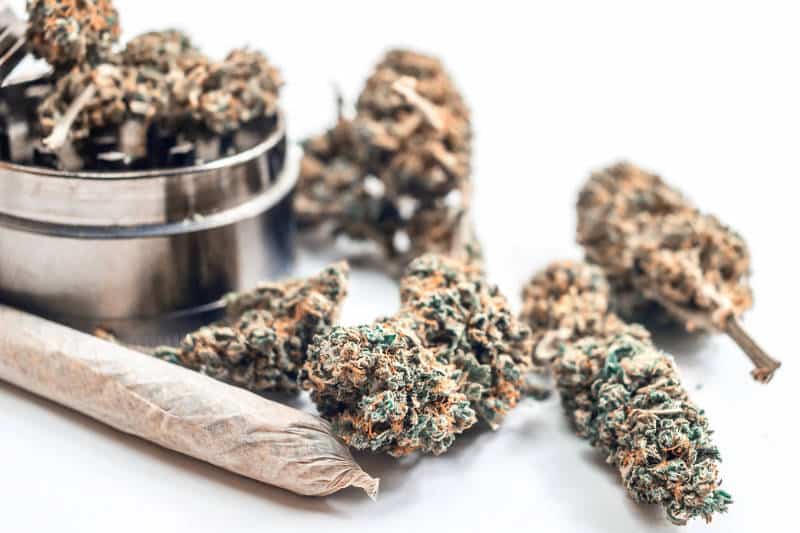Oklahoma’s Cannabis Legalization Journey: A Timeline of Milestones
Oklahoma’s cannabis legalization journey has been a dynamic and transformative process, reflecting shifting attitudes towards marijuana and its potential benefits. From prohibition to medical and eventual adult-use legalization, the state has experienced significant milestones that have reshaped the cannabis landscape. This article traces Oklahoma’s path towards cannabis legalization, highlighting key milestones and events that have shaped the current state of cannabis in the Sooner State.
Early Prohibition and Criminalization
Like many states in the United States, Oklahoma adopted a prohibitionist stance towards cannabis in the early 20th century. In 1933, the state passed the Uniform State Narcotic Drug Act, which included cannabis as a prohibited substance, effectively criminalizing its possession, sale, and use.
1970s to 2000s: The War on Drugs
During the 1970s, the federal government intensified the War on Drugs, leading to stricter drug enforcement policies at the state level. Oklahoma was no exception, with harsh penalties for cannabis-related offenses. Possession of even small amounts of marijuana could lead to severe criminal charges.
2014: CBD Legalization for Medical Use
In 2014, Oklahoma took a significant step towards medical cannabis by passing House Bill 2154, also known as “Katie’s Law.” This legislation allowed for the use of low-THC cannabidiol (CBD) oil for the treatment of severe forms of epilepsy, following the story of young patient Katie Dodson, who experienced remarkable seizure reduction with CBD treatment.
2016: SQ 788 – Medical Cannabis Legalization
On June 26, 2018, Oklahoma voters approved State Question 788, legalizing medical cannabis in the state. The measure passed with a majority vote of 57%, making Oklahoma the 30th state in the U.S. to legalize medical marijuana.
SQ 788 allowed patients with qualifying conditions to obtain a medical marijuana license with the recommendation of a licensed physician. This landmark legislation allowed for the cultivation, processing, and distribution of medical cannabis products, greatly expanding patient access.
2019: Growth of the Cannabis Industry
Following the passage of SQ 788, the cannabis industry in Oklahoma experienced rapid growth. Thousands of businesses, including dispensaries, cultivators, processors, and testing laboratories, obtained licenses to operate in the newly legalized market. This burgeoning industry created new job opportunities and generated substantial tax revenue for the state.
2020: Implementation of Medical Marijuana Unity Bill
To address various issues related to medical cannabis, Oklahoma passed the Medical Marijuana Unity Bill in 2019, which came into effect on August 30, 2020. This legislation introduced several amendments to the existing medical marijuana program, including the creation of a regulatory framework overseen by the Oklahoma Medical Marijuana Authority (OMMA). The Unity Bill also addressed product testing, labeling, and licensing requirements, further solidifying the state’s commitment to a well-regulated medical cannabis market.
2021: Reciprocity and Out-of-State Patient Access
In 2021, Oklahoma enacted legislation allowing reciprocity for medical marijuana patients from other states. This move expanded patient access by allowing out-of-state patients with valid medical marijuana licenses to purchase, possess, and consume cannabis products in Oklahoma.
2022: The Push for Adult-Use Legalization
As of the start of 2022, several advocacy groups and lawmakers began efforts to legalize adult-use cannabis in Oklahoma. Although the timeline for potential adult-use legalization remains uncertain, these efforts reflect the evolving attitudes towards cannabis in the state.
Oklahoma’s cannabis legalization journey has been marked by significant milestones, from early prohibition to the establishment of a thriving medical cannabis market. The passage of State Question 788 in 2018 marked a pivotal moment, making Oklahoma one of the more progressive states in terms of medical cannabis accessibility. The growth of the cannabis industry has brought economic opportunities, job creation, and new treatments for patients with qualifying conditions.
As the cannabis landscape continues to evolve, it is essential to remain aware of the state’s changing laws and regulations. Whether for medical or potential future adult-use purposes, cannabis legalization in Oklahoma reflects the shifting societal perspectives on marijuana and its potential to benefit individuals and communities. As public opinion continues to shift in favor of cannabis reform, the state’s cannabis journey is likely to witness further developments in the years to come.
Please follow all Oklahoma Laws when obtaining cannabis of any kind and please purchase from a OMMA licensed dispensary that has to follow testing guidelines, and if you have any questions please come into any Fire Leaf Dispensary.





